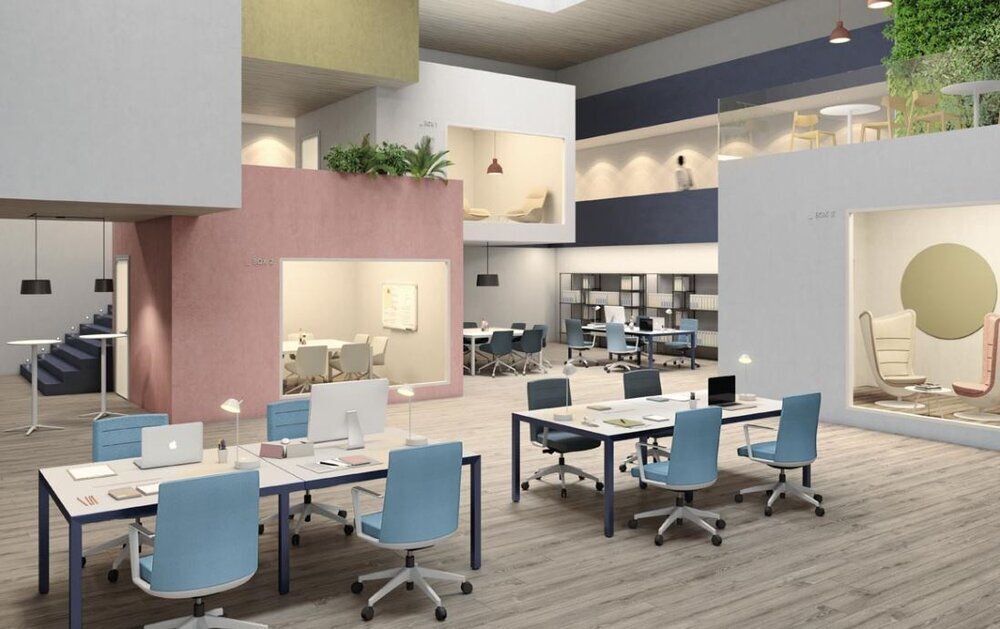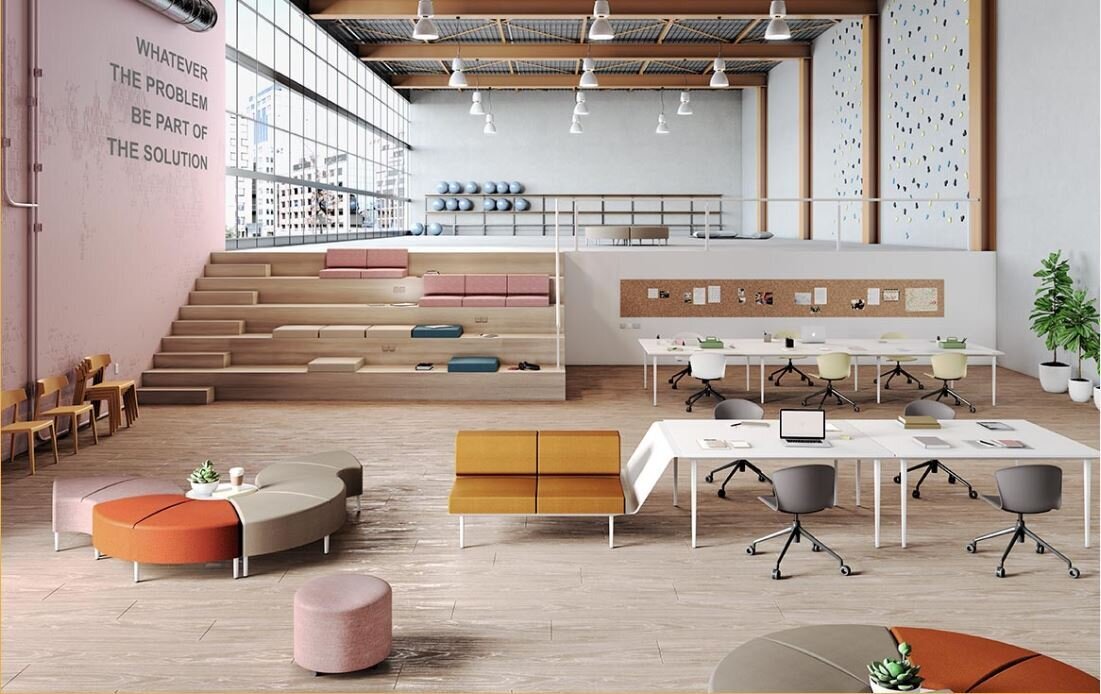Adapting Agile Work
We are in the midst of reinventing our workplaces.
With our offices looking a lot different today, we are faced with emerging trends and contrasting preferences manifesting how we think, use, and re-create our offices.
The idea behind Reinventing Workplaces is indicated by the wave of changes that we are experiencing in this current climate. Future-proofing our workplaces will mean incorporating different levels of change and integrations, from operational and organisational level, workplace culture and through to the workforce.
Adapting Agile Working
Agile working is a workplace strategy where the primary focus is empowering people to do their best work - wherever, whenever, and however they prefer.
It aims to breed a workforce that drives productivity and efficiency in the workplace resulting in higher staff retention and employee satisfaction, which corresponds to the overall success of the organisation.
An agile organisation is sensitive towards how individuals work productively. This means, incorporating different methods supporting diverse working style becomes the backbone of every office transformation.
As technological advancements continue to evolve, so has the demand for our workplaces to adapt – making it imperative that we continue to integrate strategies that will allow our working environments to align with innovations.
Agile Work vs Flexible Work
Establishing an agile workforce will involve flexible working elements. Flexible working is focused predominantly on improving employee work-life balance by providing flexible workspaces and hours and arrangements.
Agile working, on the other hand, emphasises structuring new ways of working supplemented with organisation goals as a focal point. While both concepts do not inherently possess the same goals, when utilised together forms a progressive approach to workplace strategy.
Reinventing Workplaces with Agile Working
Utilising new technologies and smart ways to empower your workforce towards achieving their full potential – agile working environments introduce innovative organisational methods to optimising the workplaces.
An agile workforce that evolves and grows with your customers (Organisational + Operational Reinvention) Establishing an agile workforce means you are enabling your team to diversify, evolve and grow – allowing you to adapt and support the growing demands of your customers in today’s competitive market.
Key Benefits of Agile Working
Reduced carbon footprint
One of the biggest contributors to CO2 emission in offices come from wasteful energy consumption. Electricity waste is reduced as the office is not lit up during unnecessary times as employees are not needlessly travelling to and from the physical workspace.
Reduced Employee Sickness
Absenteeism is costing the Australian economy of an estimated $44 billion per year. Workspace Consultancy can create an environment that keeps your staff happy, healthy, and motivated to come to work – effectively reducing the number of sick days and absenteeism that your employees take.
Future Proof Offices
Creating a workplace that will adapt to new technologies, support long-term business goals, and enable growth and development within the organisation.





